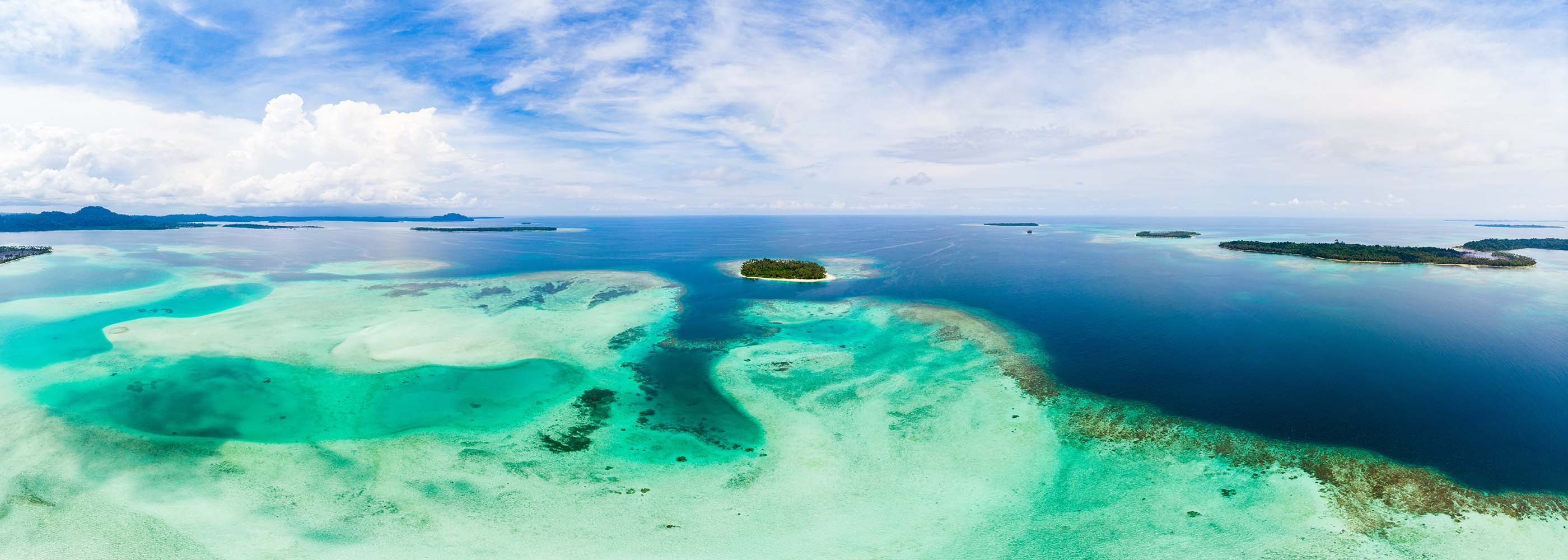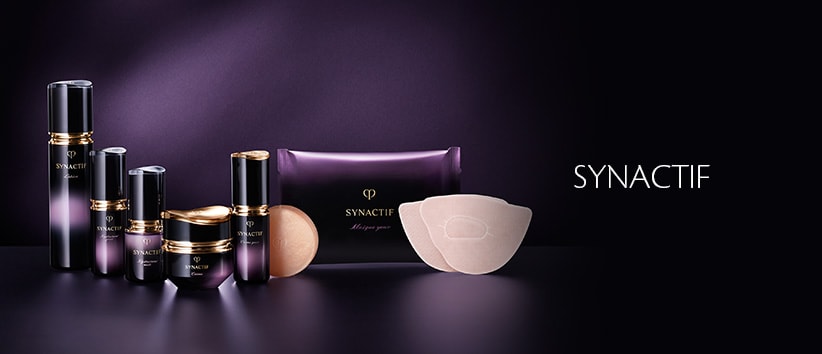
The environmental impact of sunscreens.
A Study on the effects of UV filters on coral
We conducted joint research with Associate Professor Takashi Nakamura of the Faculty of Science, Ryukyu University, Japan. Professor Nakamura is actively conducting research related to reef-building corals and coral reef organisms. Our scientists conducted research to assess the impact of each UV filter used in our products on two types of corals – the soft coral (Alcyonacea) and hard coral (Scleractinia) – collected under the special permission of the prefectural governor based on the rules of Okinawa prefecture. The research focused on the changes in the maximum quantum yield of photosynthesis*1 in the symbiotic zooxanthellae of the corals*2, as well as the coral polyps’ expansion and contraction under experimental treatments.
A Study of the dynamics of sunscreens when people use our sunscreens
At the same time, our scientists used an in silico evaluation model to elucidate a worst-case ocean elution scenario of using our water-resistant sunscreens for leisure. The simulation assumes overconservative conditions with the largest number of swimmers in midsummer*3. Tokyo Bay was used as the model in the risk assessment. This is a model developed by the National Institute of Advanced Industrial Science and Technology. This model is used in detailed risk assessments by governments, businesses, universities, etc. and multiple reports and papers using the model have been submitted.
From the results obtained from the above, it is considered that the impact on coral colonies in the ocean when using Clé de Peau Beauté water-resistant sunscreens for leisure is insignificant even under exaggerated conditions.
Clé de Peau Beauté is committed to developing products that can protect the skin from harmful UV rays while trying to minimize the impact on the marine environment.
- The value when light energy can be used most efficiently when organisms perform photosynthesis under certain conditions.
- Colony of egg-laying size excluding planktonic larvae and juvenile coral colonies.
- Calculated from information such as the parts used, the amount used, and the number of ocean swimmers in the past.




